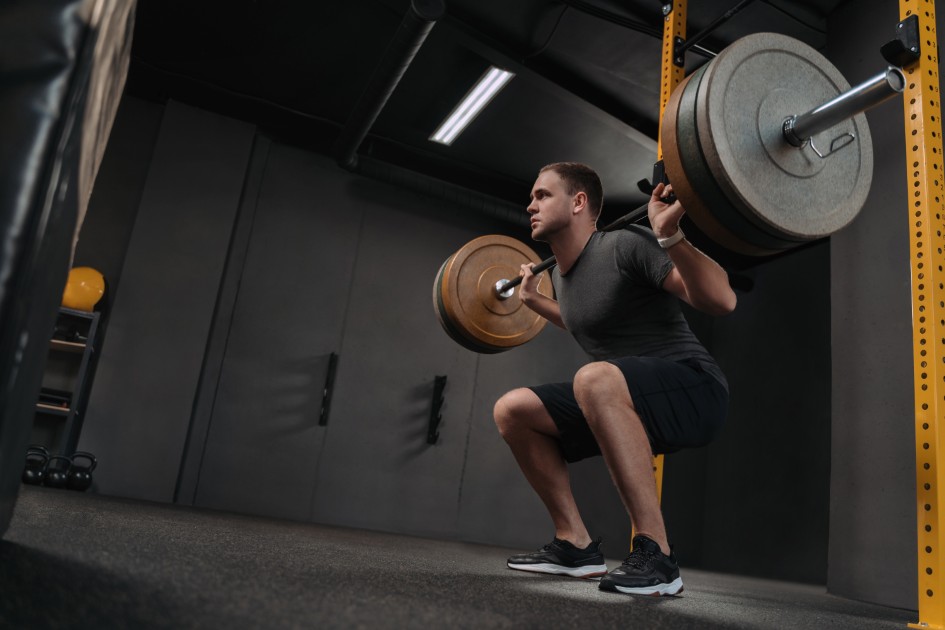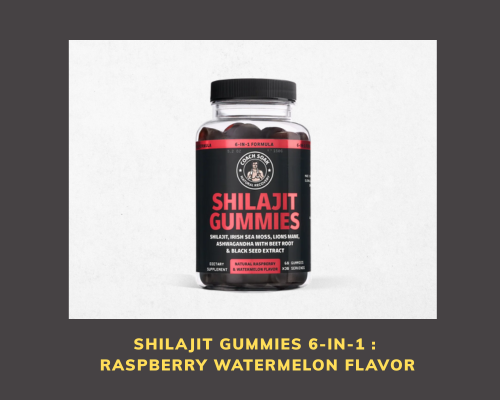If you want the best of both worlds—raw strength and noticeable muscle—you don’t have to choose one training style. Blending high-intensity (heavier, lower reps) with moderate-intensity (moderate loads, moderate reps) lifting can unlock faster progress, better recovery, and more sustainable gains. Here’s how and why it works, plus a week you can try.
Why Mix Intensities?
Different loads drive complementary adaptations. Heavier sets (≈85%+ 1RM, ~3–5 reps) are unequaled for maximizing neural efficiency and 1‑rep max strength. Moderate loads (≈60–80% 1RM, ~6–12 reps) make it easier to accumulate the weekly volume that correlates with muscle growth. Meta-analyses show hypertrophy can be achieved across a wide rep range when volume is matched, while heavier loads still edge out strength gains. ResearchGate
More quality work, less wear and tear. Moderate-intensity sets let you add muscle-building volume without turning every workout into an all-out grind, which helps manage fatigue and joint stress across the week. Evidence links higher weekly training volume with greater hypertrophy—up to a point—so combining intensities helps you reach productive volumes without frying your nervous system.
Built‑in variation for continued progress. Periodized plans that vary intensity and/or volume tend to outperform non‑periodized training for maximal strength, and alternating heavy and moderate days is a simple, practical form of that variation.
It’s aligned with established guidelines. The American College of Sports Medicine recommends progressive resistance training with planned variation in load and volume to drive specific goals—exactly what you accomplish by mixing intensities.
The Big Benefits (Backed by Research)
- Stronger 1RMs: Heavy sets (low reps, high load) are superior for maximizing maximal strength—even when moderate-load training builds similar muscle mass. This is consistently observed across controlled trials. ResearchGate
- More muscle via manageable volume: Moderate-load sets let you do more total high‑quality work. Volume (e.g., weekly hard sets per muscle) is a leading driver of hypertrophy; mixed‑intensity weeks make that volume achievable without chronic exhaustion.
- Plateau‑proof programming: Periodizing intensity inside the week (e.g., heavy Monday, moderate Thursday) leverages the performance and recovery rhythm that meta-analyses associate with better strength outcomes than doing the same thing all the time.
- Sustainable progression: Major position stands encourage progressive overload with strategic changes to loads, reps, and sets—an approach that supports long‑term joint health, technique quality, and adherence.
Pro Tip: Track RIR (reps in reserve). Keep heavy top sets around 1–3 RIR for crisp technique; keep most moderate sets 1–2 RIR to hit your weekly volume target without overreaching.
How to Structure a Mixed‑Intensity Week
Below is a simple, effective four‑day template you can run for 8–12 weeks. Adjust exercise selection to your equipment and goals.
Weekly Overview
- Day 1 – Heavy Upper: Bench press or overhead press, 3–5 sets × 3–5 reps; rows or pull‑ups heavy; a couple of low‑rep accessory moves.
- Day 2 – Moderate Lower (Hypertrophy): Squat or leg press 3–4 × 6–10; RDL or hinge 3–4 × 6–10; split squats and hamstring curls 2–3 × 8–12.
- Day 3 – Moderate Upper (Hypertrophy): Pressing and pulling variations 3–4 × 8–12; lateral raises, rear‑delts, arms 2–3 × 10–15.
- Day 4 – Heavy Lower: Squat or deadlift 3–5 × 3–5; a second heavy lower pattern; brief lower‑rep accessories.
Progression Rules
- Heavy days: Add 2.5–5 lb (1–2.5 kg) when you complete all sets at the prescribed RIR. If bar speed or technique breaks down, hold the load and improve quality first. Heavy work is your strength anchor.
- Moderate days: Progress by adding a rep before adding load (“double progression”). Keep most sets near technical failure without grinding—aim for quality volume, not maximal strain. Higher weekly volume supports growth. ResearchGate
- Undulate within the week: Keeping heavy and moderate stimuli separated (48–72 hours apart for the same muscles) preserves performance and leverages periodization principles tied to superior strength outcomes.
Pro Tip: Count weekly hard sets per muscle (e.g., 10–16 for most intermediates). Spread them across your moderate days and let heavy days provide the high‑intensity stimulus without bloating volume. ResearchGate
Recovery & Fatigue Management
- Keep some reps in the tank. Training to absolute failure on every set isn’t necessary for growth when volume is sufficient, and it spikes fatigue that can compromise your heavy days. Use RIR to balance effort. (This aligns with broader ACSM guidance on progressive but sustainable overload.)
- Deload proactively. Every 4–8 weeks, reduce volume by ~30–50% for one week to restore performance. Periodized reductions in stress are common in successful programs and help maintain progress over months, not days.
Who Should Use This?
- Intermediates who want to keep getting stronger without sacrificing muscle gain.
- Busy lifters who need built‑in variety and efficient progress.
- Athletes who must balance lifting with sport skills or conditioning.
If you’re new to lifting or returning from a layoff, start with predominantly moderate‑intensity work to master technique, then layer in heavier sets over time following ACSM’s progression guidance.
Commit to 8–12 weeks of mixed‑intensity training. Track top‑set loads, weekly hard sets, and waist/arm/leg measurements. If your heavy singles and doubles rise while your 8–12‑rep performance and measurements improve, you’re on the right track. If not, add 2–4 weekly sets to lagging muscles or tweak RIR to ensure you’re close enough to challenging effort. ResearchGate+1












